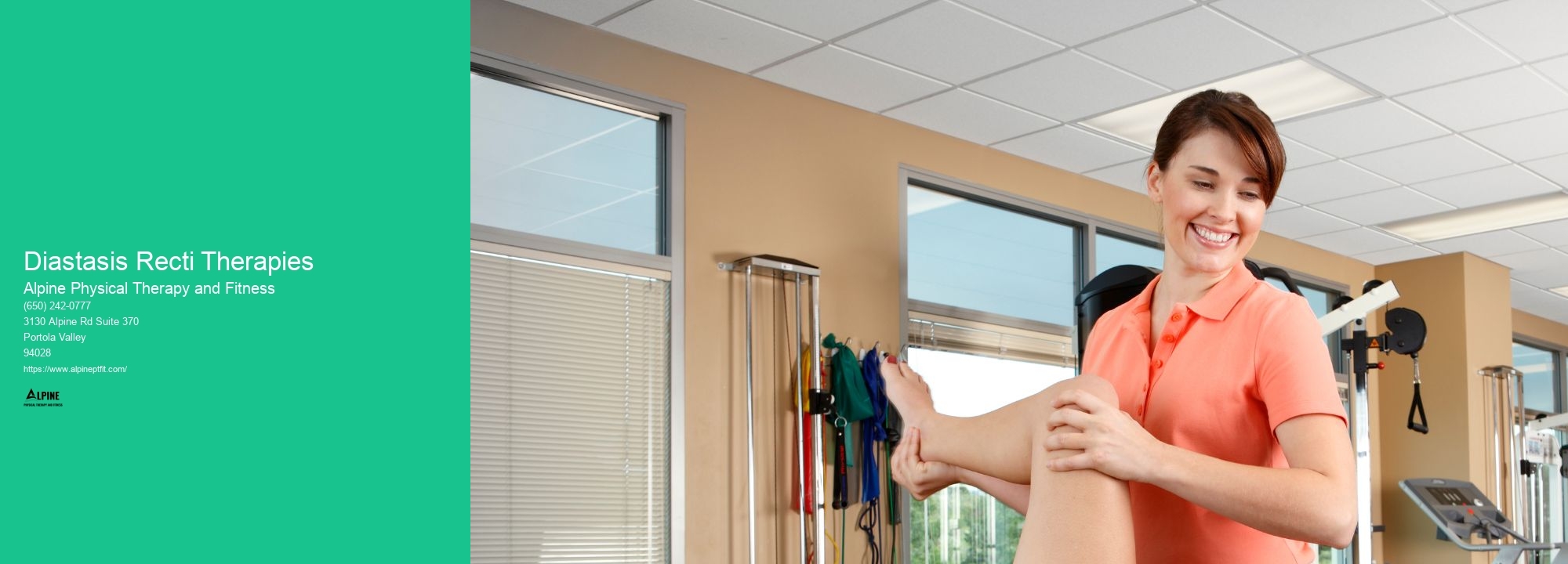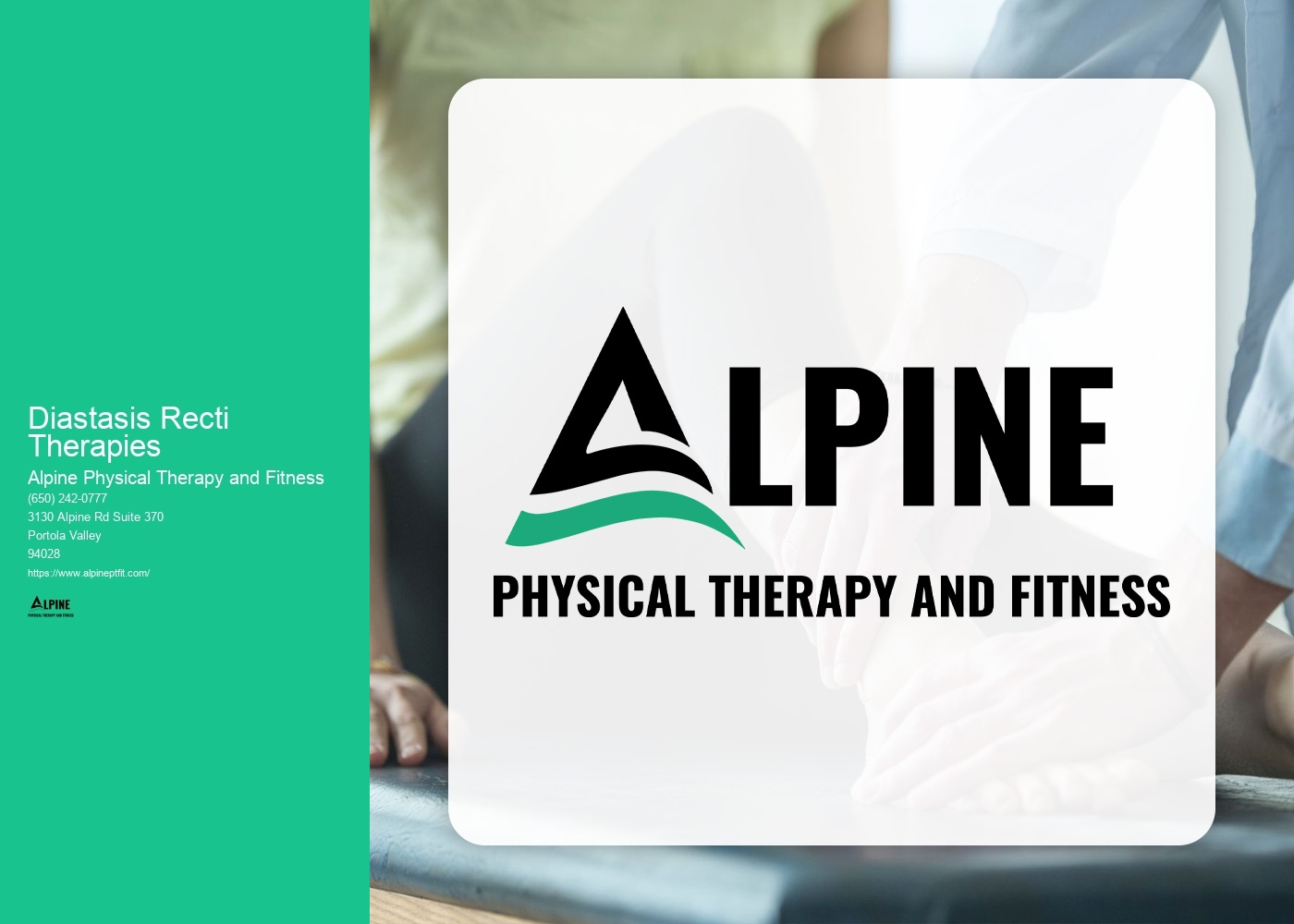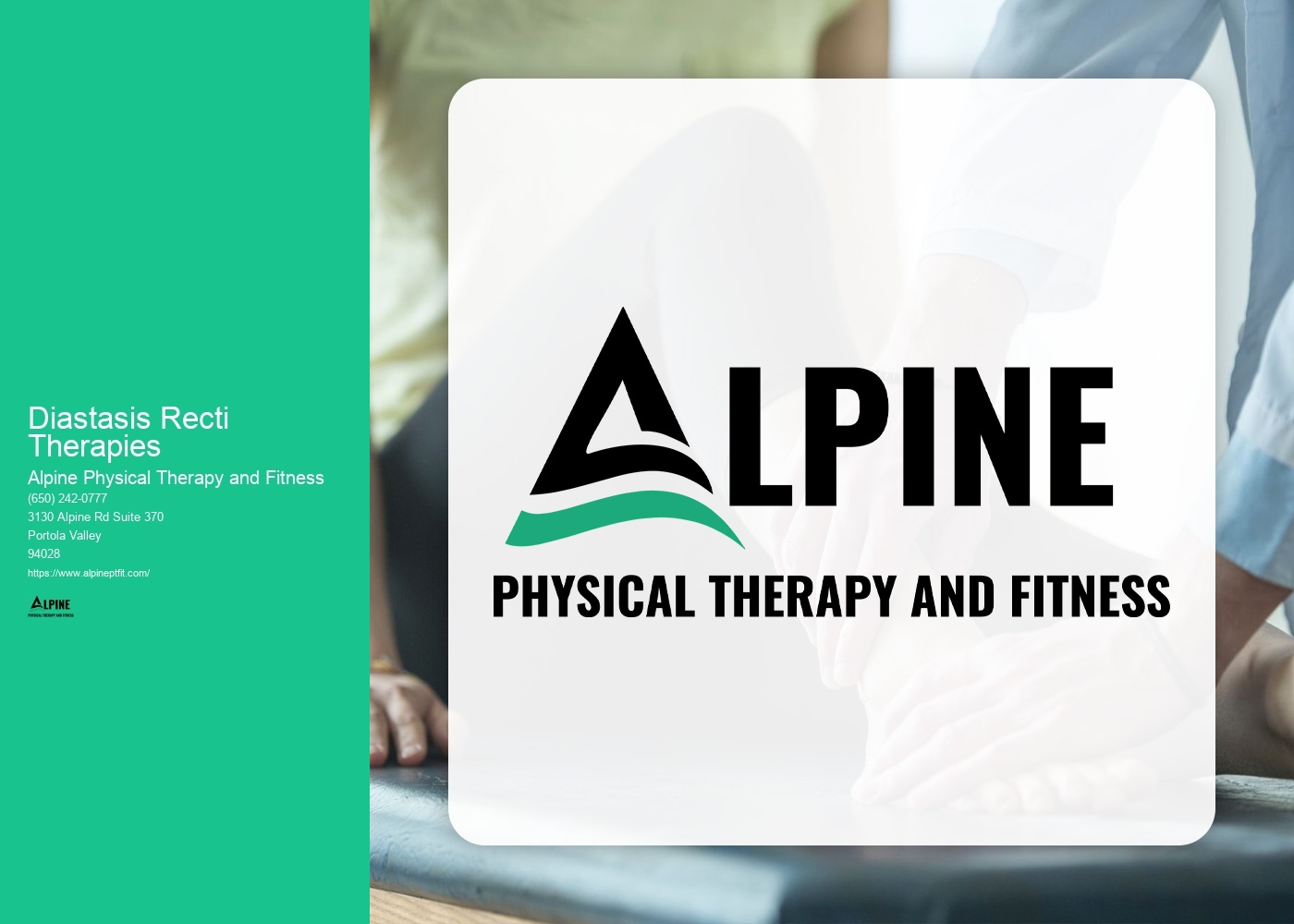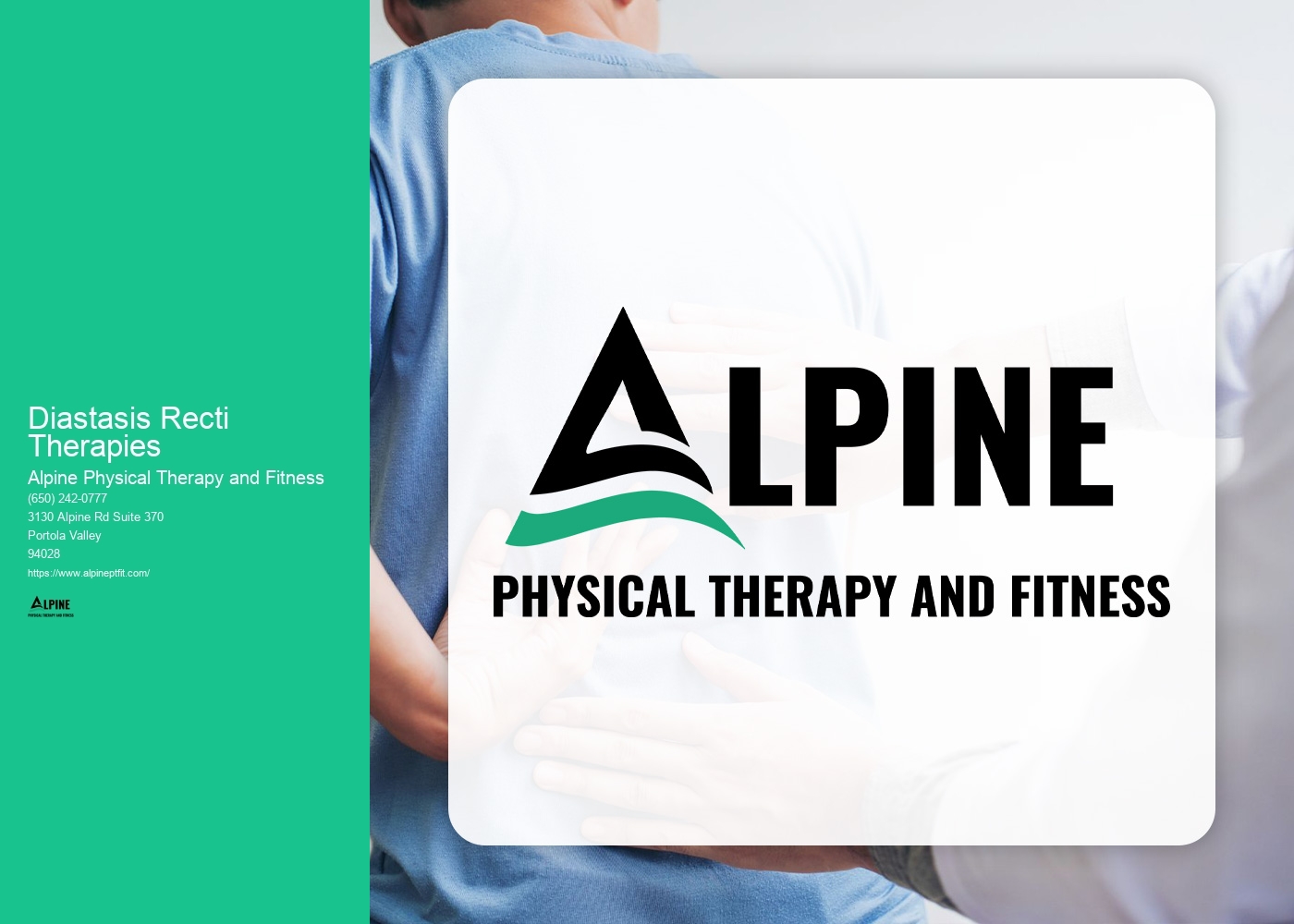

Diastasis recti is a condition that occurs when the abdominal muscles separate, causing a gap in the midline of the abdomen. It commonly occurs during pregnancy due to the stretching of the abdominal muscles to accommodate the growing uterus. However, it can also occur in men and women who have experienced significant weight gain or abdominal trauma. The separation of the abdominal muscles weakens the core and can lead to a protruding belly or mommy pooch.
Common symptoms of diastasis recti include a visible bulge or ridge in the midline of the abdomen, especially when the person is engaging their core or performing certain movements. Other symptoms may include lower back pain, poor posture, and difficulty with core stability. It is important to note that not everyone with diastasis recti will experience symptoms, and the severity of the condition can vary from person to person.
While surgery is an option for severe cases of diastasis recti, it is not always necessary. Non-surgical therapies can be effective in improving the condition and reducing symptoms. These therapies focus on strengthening the deep core muscles, including the transverse abdominis and pelvic floor muscles. Physical therapy, specifically targeted exercises, and wearing a supportive abdominal binder or splint can help bring the separated muscles back together and improve core stability.

The length of time it takes to see results from diastasis recti therapies can vary depending on the severity of the condition and the individual's commitment to the treatment plan. Some people may start to see improvements within a few weeks, while others may take several months. Consistency and adherence to the prescribed exercises and therapies are key to achieving positive outcomes. It is important to consult with a healthcare professional or a qualified physical therapist to develop a personalized treatment plan.
When treating diastasis recti, it is important to avoid exercises or movements that put excessive strain on the abdominal muscles and can further separate them. This includes traditional crunches, sit-ups, and planks. Instead, exercises that focus on activating the deep core muscles, such as pelvic tilts, heel slides, and modified abdominal exercises, are recommended. It is crucial to work with a knowledgeable healthcare professional or physical therapist who can guide you through safe and effective exercises.

In addition to specific exercises, there are lifestyle changes that can help improve diastasis recti. Maintaining a healthy weight, practicing good posture, and avoiding activities that put excessive strain on the abdominal muscles, such as heavy lifting, can help prevent further separation of the muscles. It is also important to be mindful of body mechanics during daily activities, such as bending and lifting, to avoid exacerbating the condition. Wearing supportive clothing, such as a maternity belt or abdominal binder, can provide additional support to the abdominal muscles and aid in their healing.
In conclusion, diastasis recti is a condition characterized by the separation of the abdominal muscles, commonly occurring during pregnancy but also affecting men and women who have experienced weight gain or abdominal trauma. Symptoms may include a visible bulge in the midline of the abdomen, lower back pain, and poor core stability. While surgery is an option for severe cases, non-surgical therapies focusing on strengthening the deep core muscles can be effective. Results from these therapies can vary in terms of time, and it is important to avoid exercises that strain the abdominal muscles. Lifestyle changes, such as maintaining a healthy weight and practicing good posture, can also contribute to the improvement of diastasis recti.

Aquatic therapy has been found to be an effective method for balance training in older adults. The buoyancy provided by the water helps to reduce the impact on joints, making it a safe and low-impact option for individuals with balance issues. The resistance of the water also provides a gentle challenge to the muscles, helping to improve strength and stability. Additionally, the hydrostatic pressure of the water can enhance proprioception and body awareness, which are important factors in maintaining balance. Overall, aquatic therapy offers a unique and beneficial approach to balance training for older adults.
Physical therapy plays a crucial role in the post-surgery rehabilitation for rotator cuff repair. Following a rotator cuff repair surgery, physical therapy aims to restore the strength, flexibility, and range of motion of the shoulder joint. The physical therapist will design a personalized exercise program that includes a combination of stretching, strengthening, and mobility exercises. These exercises target the muscles and tendons surrounding the rotator cuff, helping to improve muscle strength, increase joint stability, and promote healing. Additionally, physical therapy may include modalities such as heat or cold therapy, ultrasound, or electrical stimulation to reduce pain and inflammation. The therapist will also provide education on proper body mechanics and techniques to prevent re-injury. Overall, physical therapy is essential in facilitating the recovery process and optimizing the functional outcomes for individuals undergoing rotator cuff repair surgery.
Physical therapists play a crucial role in working with children who have congenital orthopedic conditions. They employ a variety of specialized techniques and interventions to help improve the physical function and quality of life for these children. Physical therapists work closely with the child and their family to develop individualized treatment plans that address their specific needs and goals. They may use therapeutic exercises, manual therapy techniques, and assistive devices to help improve strength, flexibility, and mobility. Additionally, physical therapists may incorporate activities that promote balance, coordination, and motor skills development. They also provide education and guidance to the child and their family on how to manage their condition and optimize their overall well-being. By working collaboratively with other healthcare professionals, physical therapists ensure comprehensive care for children with congenital orthopedic conditions.
Physical therapy can be highly beneficial for children with Down syndrome. It focuses on improving their motor skills, strength, balance, and coordination. Through a variety of exercises and activities, physical therapists help children with Down syndrome develop their gross motor skills, such as crawling, walking, and running. They also work on fine motor skills, such as grasping objects and using utensils. Additionally, physical therapy can help improve muscle tone and flexibility, which can enhance overall physical function. By addressing these areas, physical therapy can greatly enhance the quality of life for children with Down syndrome, enabling them to participate more fully in daily activities and reach their full potential.
Physical therapy plays a crucial role in assisting individuals with Guillain-Barré syndrome by promoting functional recovery and improving overall quality of life. Through a comprehensive rehabilitation program, physical therapists employ a variety of techniques and interventions to address the specific needs of each patient. These may include exercises to improve muscle strength, range of motion, and balance, as well as gait training to enhance mobility. Additionally, physical therapists may utilize modalities such as electrical stimulation and ultrasound to reduce pain and inflammation. By tailoring treatment plans to the unique challenges presented by Guillain-Barré syndrome, physical therapy helps individuals regain independence, restore physical function, and optimize their overall well-being.